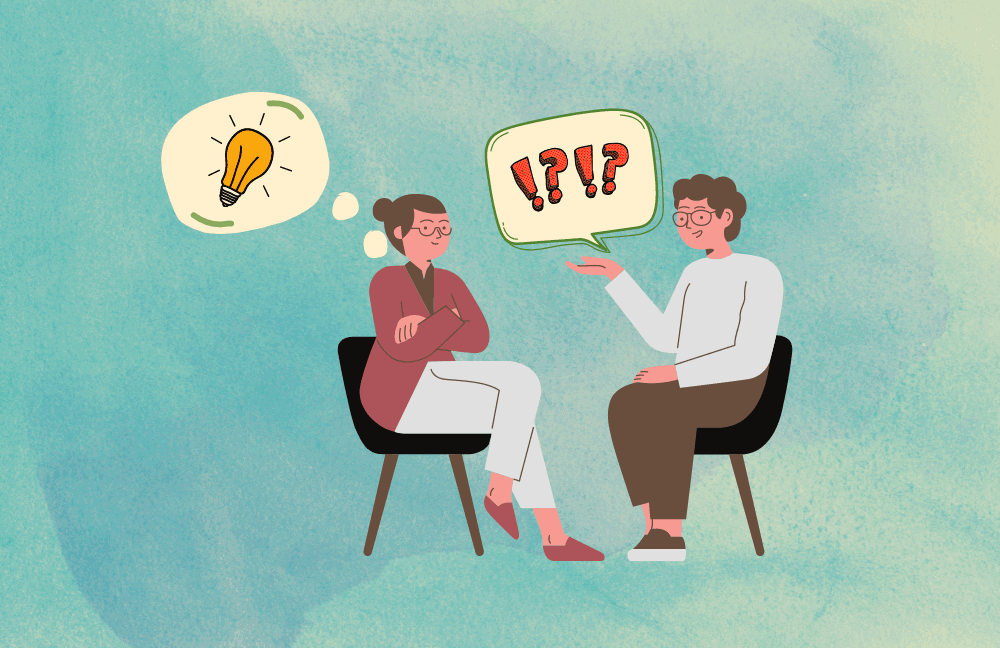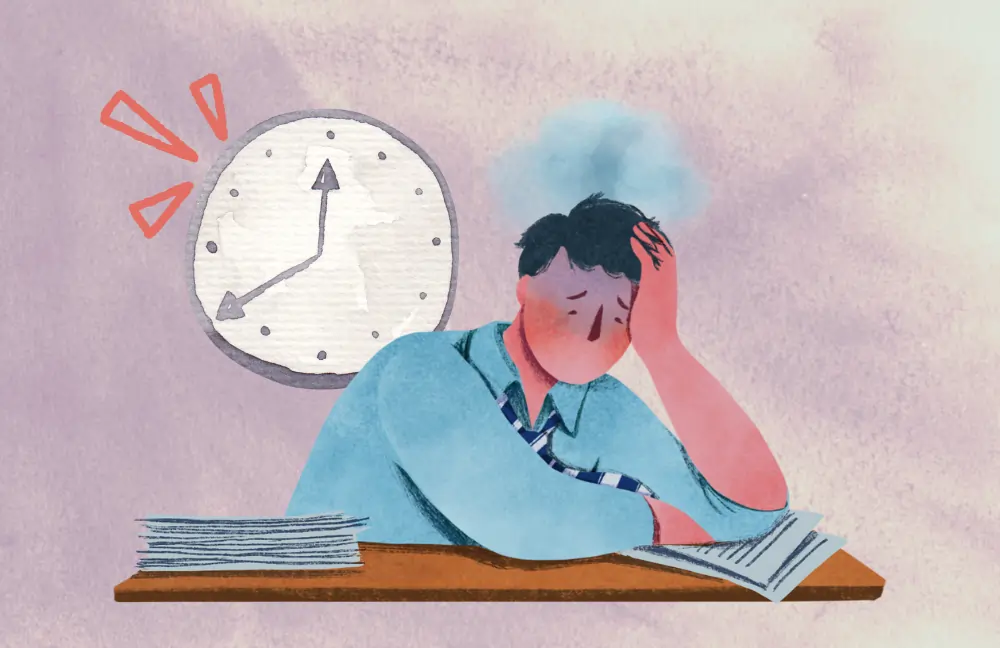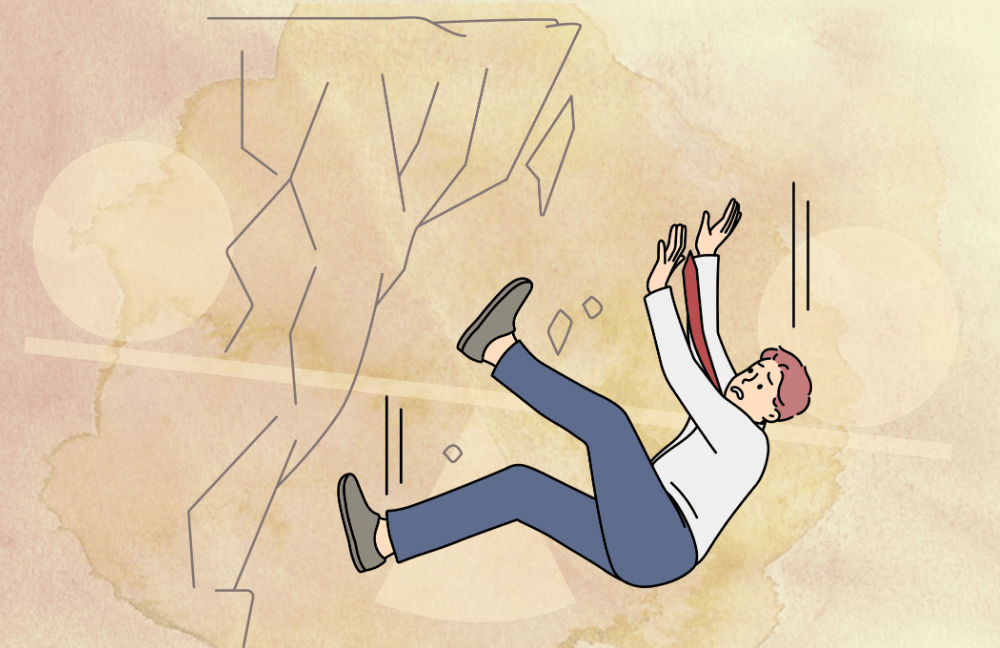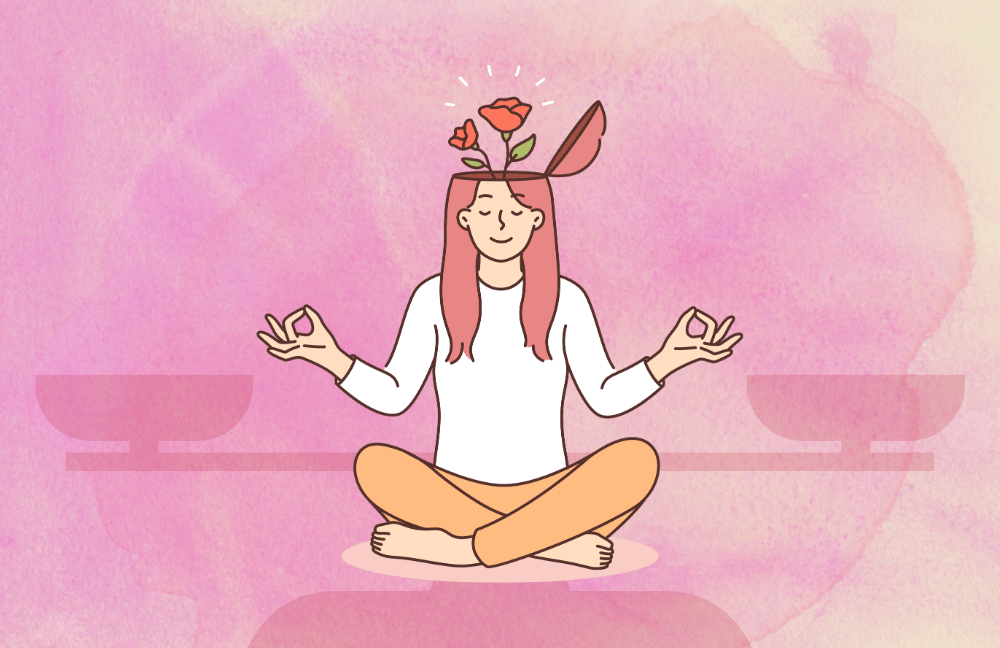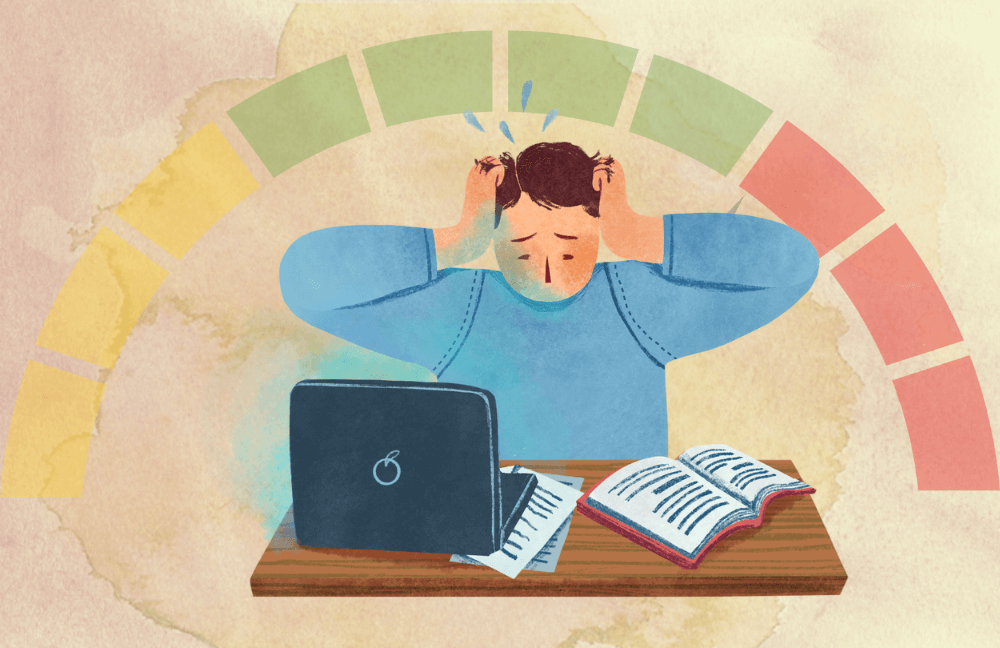The first attachment (and trust) we ever cultivate is with our parents. The behavior of our primary caregivers (usually parents) decides how we perceive any and all close relationships. A child is dependent on the caregiver for care, love, comfort, soothing, nurturance, and support. When the child’s physical and emotional needs are fulfilled, he or she becomes securely attached. We ordinarily assume that all parents love their children endlessly and do their best to care for them. However, ignorance, conflict, and parental psycho-pathology can prevent parents from offering what a child might need. This asynchrony can create insecure attachment styles and resultant lack of trust in adult relationships.
People with a secure attachment style have greater trust, and feel confident in all their relationships. Especially with romantic partners. Seems like they know that their partner will fulfil their needs, be loyal, and be there for them. It’s possible that the partner is busy and unavailable, yet this person feels reassured. As a result, such people are self-reliant, require little soothing when upset, and seem happier. They reach out to the world, engage in hobbies, build better friendships and succeed in careers too. Most noteworthy, securely attached couples are honest, independent and equal. That is why they have a wonderful time with each other. It is likely that such people perceived care in childhood; that was available, accessible and responsive. The resulting feeling of trust and security is hence obvious and it spills over in adulthood connections too. And such relationships become satisfying, fulfilling and longer lasting.
The avoidant style works on a sham of independence. People with this style are likely to have missed the care and concern of their loved ones in childhood. They convince themselves that they don’t need emotional involvement and hence detach easily. The pseudo independence protects them from feeling hurt during conflict and rejection. A relationship with such a person is difficult because such a partner appears distant, uninvolved and uninterested. They see the relationship from an internal working model (IWM) of imminent rejection. Hence, they shield themselves by dissociating and disconnecting beforehand. The ‘I don’t care’ attitude hurts the bond and the relationship undeniably crumbles.
The fitting analogy to these relationships, is a roller coaster ride. On the incline it is calm. This is the time where one’s emotional needs are being met. Maybe the physical presence, phone calls or personal interactions with the partner are sufficient. Soon enough on the decline, insecurity creeps in with overwhelming emotional storminess. Neediness prevails with an on-going fear of rejection. The fear of abandonment makes such a person clingy and anxious. At the same time, he or she gets trapped in the self-created web of dependence. The relationship feels incomplete even in the presence of the partner. These couples feel the shakiness and tumult all the time. There are paranoid fears, insecure allegations and random accusations. They don’t seem to enjoy with, or without each other. Insecurity and lack of trust typifies such relationships.
Theoretically it is possible to be attached and yet avoid somebody. The confused attachment style is all about disorganization, instability and ambiguity. The loved one is a source of comfort as well as fear, desire as well as rejection, happiness as well as paranoia. Such people want intimacy and closeness, are extremely dependent, but cannot trust. If they sense imminent rejection, they withdraw and leave the partner confused too. These relationships are marked by stormy emotional expression and yet, avoidance of strong emotional attachment. Emotional regulation and open communication are conspicuously absent.
In 1979, psychoanalyst John Bowlby proposed that the manner in which we think and feel about our partner incarnates us, and our relationships, from cradle to the grave. This means that if we change our internal working models (IWMs) of thinking, we can rebuild trust and faith at any age and stage. The primal threat in childhood is that of abandonment from a parent. When we grow up insecure, our romantic partner simply replaces the rejecting parent. And we endure the anxiety of abandonment yet again. Of course, partners and spouses can’t always tolerate insecurity, but there are ways to reappraise care and nurturance to make the relationship stronger.
The disorganized, insecure and anxious styles disrupt the status quo in relationships; and cause anxiety, depression, and other emotional issues. There are many ways to heal and recover from attachment disturbances. Techniques like BCT (behavior couples therapy), CBT (cognitive behavior therapy), BT (behavior therapy), IPT (interpersonal therapy) and psychodynamic therapy, all assist in instilling insight, arousing realization, and reframing the internal working models to those of security and faith. The past helps diagnose problems of the present. And then with effort, the present changes to a better future. It’s never too late to be a winner. The only battles lost are the ones you ran away from.
